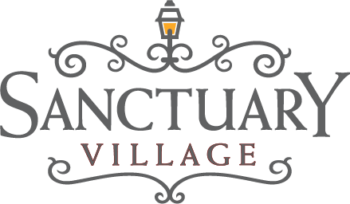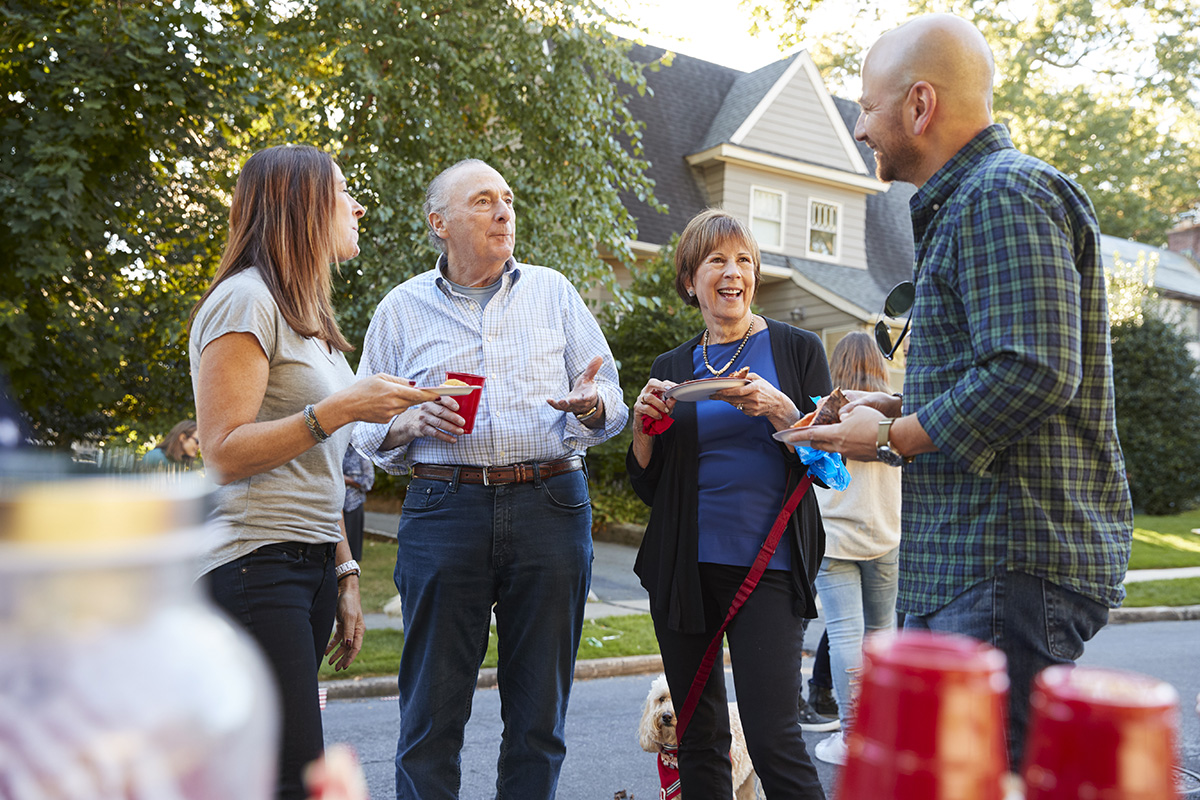
Principles of Traditional Neighborhood Development
Walkability
One of the core elements of TND is walkability. The streets are laid out in a compact, grid-like pattern, typically with a central town square or common area that serves as the heart of the neighborhood. This design encourages residents to walk rather than drive, facilitating more frequent social interactions and a stronger sense of community. Sidewalks, street trees, and pedestrian-friendly street crossings are fundamental features that enhance the walking experience.
Mixed-Use Development
TNDs are characterized by a mix of residential, commercial, and civic buildings. This blend allows residents to live, work, shop, and play all within their own community, reducing the need to travel long distances. Mixed-use areas within TNDs often feature ground-floor retail or office spaces with apartments above, providing convenience and fostering a vibrant street life.
Diversity in Housing
To appeal to a broad range of demographics, TNDs offer diverse housing options. This includes various house sizes, styles, and price points, from single-family homes to townhouses and apartments. Such diversity supports a multigenerational community where families, young professionals, and retirees can find suitable living arrangements that meet their needs and budgets.
Quality Public Spaces
Public spaces are integral to TNDs. These include parks, plazas, and recreational fields which are strategically placed to be easily accessible to all residents. These areas serve as gathering places for public events, socializing, and leisure, playing a crucial role in building a tight-knit community.
Community Connectivity
TNDs are designed to be part of a larger whole. They are connected to surrounding areas through networks of streets and pathways that make external areas accessible without compromising the intimacy of the neighborhood. This connectivity encourages a broader sense of community while still preserving a distinct local identity.
The Benefits of Traditional Neighborhood Development
Enhanced Social Interactions
The design of TNDs promotes frequent and spontaneous social interactions. Front porches, narrow tree-lined streets, and community events facilitate neighborly relationships and a vibrant community life.
Reduced Dependence on Automobiles
With essential services and amenities located within walking distance, the dependence on cars is significantly reduced, leading to less traffic, lower emissions, and enhanced public health.
Economic Sustainability
Mixed-use developments contribute to the economic vitality of the community by offering local business opportunities and reducing transportation costs, which keeps more disposable income within the local economy.
Aesthetic Appeal and Historical Continuity
TNDs often draw inspiration from local architectural traditions, which enhances the aesthetic appeal of the area and helps maintain a continuity with the region’s historical context.
Multigenerational Appeal
By offering a variety of housing options and amenities, TNDs appeal to all age groups and family structures. From playgrounds and schools for children to leisure activities for older adults, these developments are designed with everyone in mind.
Sanctuary Village, embodying the essence of Traditional Neighborhood Development, creates an environment that not only meets the physical needs of its residents but also nurtures a sense of belonging and community. It is a place where daily interactions weave a rich social tapestry, making it a vibrant and desirable place to live for generations to come.

